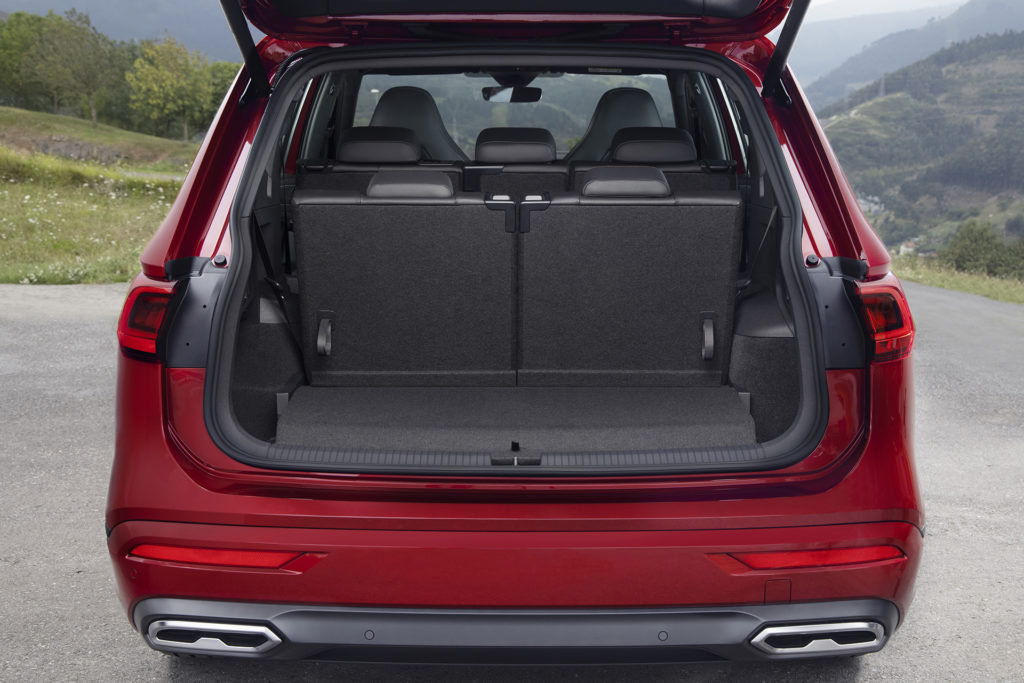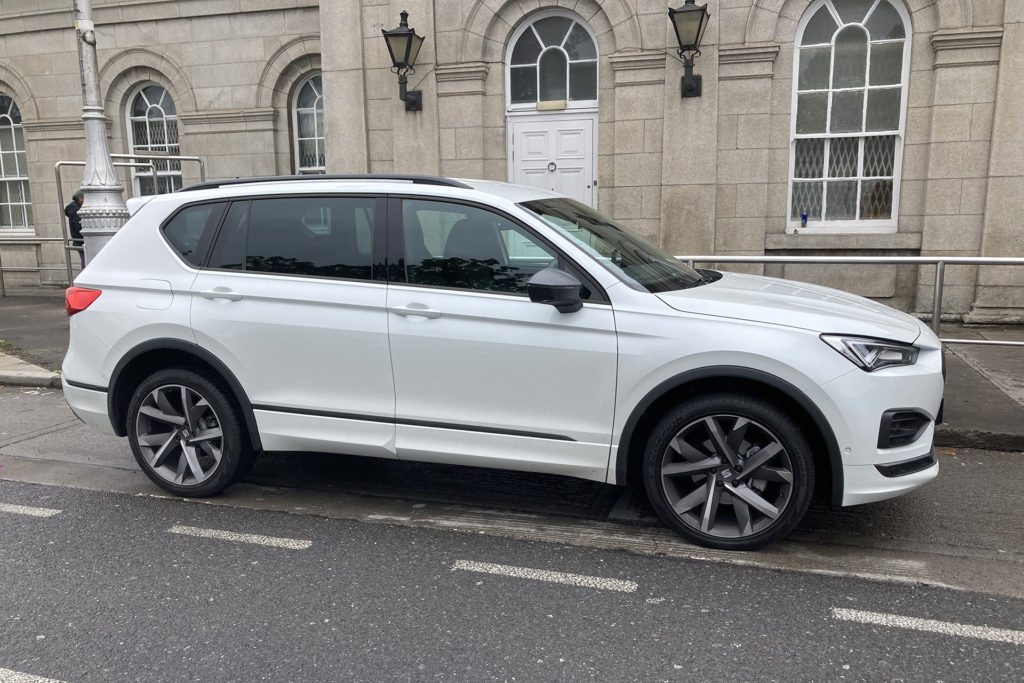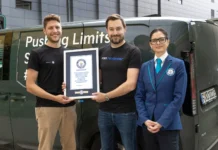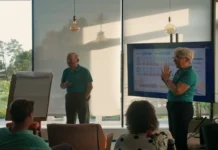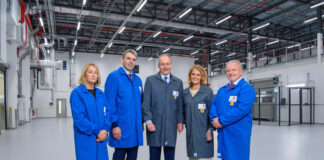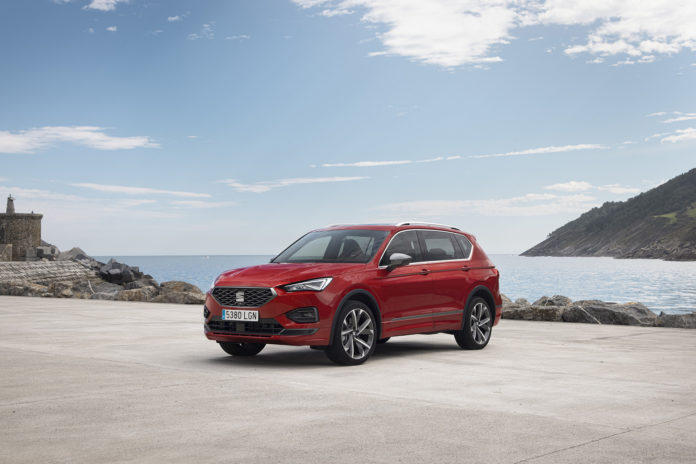
The Seat car company which was founded in Spain 71 years ago, has a tradition of naming their new cars after Spanish places. You may remember the Arona, Ibiza, Leon and the huge Alhambra people carrier.
Now the company, which is part of the VW Group, has introduced the second edition of Tarraco which is the 14th model to be named after a Spanish place. Seat’s flagship SUV takes its name from the ancient Roman name for Tarragona.
Seat launched their Tarraco in the grounds of RTE two years ago. The reason for the Montrose launch was because at that time Seat sponsored the 2FM ‘Rising’ programme.
Now the car has got a makeover with a range of exterior enhancements, including a new grille with the FR logo, wider black wheel arch mouldings, black roof rails and window frames, and side mirrors finished in Cosmo Grey.
At the back the new Tarraco gets a new spoiler, an exclusive rear diffuser and the rear logo now comes in handwritten style. 20” alloy wheels complete the new look. My test car came with heated front and rear seats.
Most cars in the VW range share parts and platforms and the Tarraco shares its platform with the equally massive Skoda Kodiaq. The Tarraco is now the largest SUV in the Seat stable, larger than the Arona and Ateca.
The car is available in a five or seven-seater option; the seats are comfortable and of course flexible.
The colour of the car on the Automotive website was red, but my test car was Orix White. I suppose in a way it reminded me of holidays in the Canaries where the taxis were always white.
Indeed I did a bit of ‘taxi’ work myself last week as my son and his family were home from Denmark for the first time in over a year. They all appreciated the high seating positions and the extra space in the seven-seater Tarraco.
The Tarraco looks smart and has a roomy high-quality interior. The controls on the dash are easy to use. As usual with most modern cars the handbrake was of the electronic type. I would prefer the old-fashioned type, but you can’t have everything you want in life.
I found the 2.0-litre diesel engine to be frugal and with 150 brake horse power, there was plenty of power to ferry seven people. Naturally the boot space is reduced when all seven seats are in use, but you get a proper spare wheel and not a repair kit.
Prices start at €38,890 for the SE version, while the prices of my automatic FR seven-seater test car, which had a few extras, came to €48,300. Road tax is €270.
It used to be said that the family who prayed together, stayed together. Now there is ample room for an above average sized Irish family to travel together in the excellent Tarraco.
Driving an automatic car is a luxury for a country boy like me. When I was young only people who couldn’t pass the newly introduced driving test, drove an automatic. Now it’s no big deal.
I enjoyed my time in the Tarraco and the young Danes loved the space and technology available. It reminded us all of sunny days in Spain, and indeed in Ireland earlier this year.
